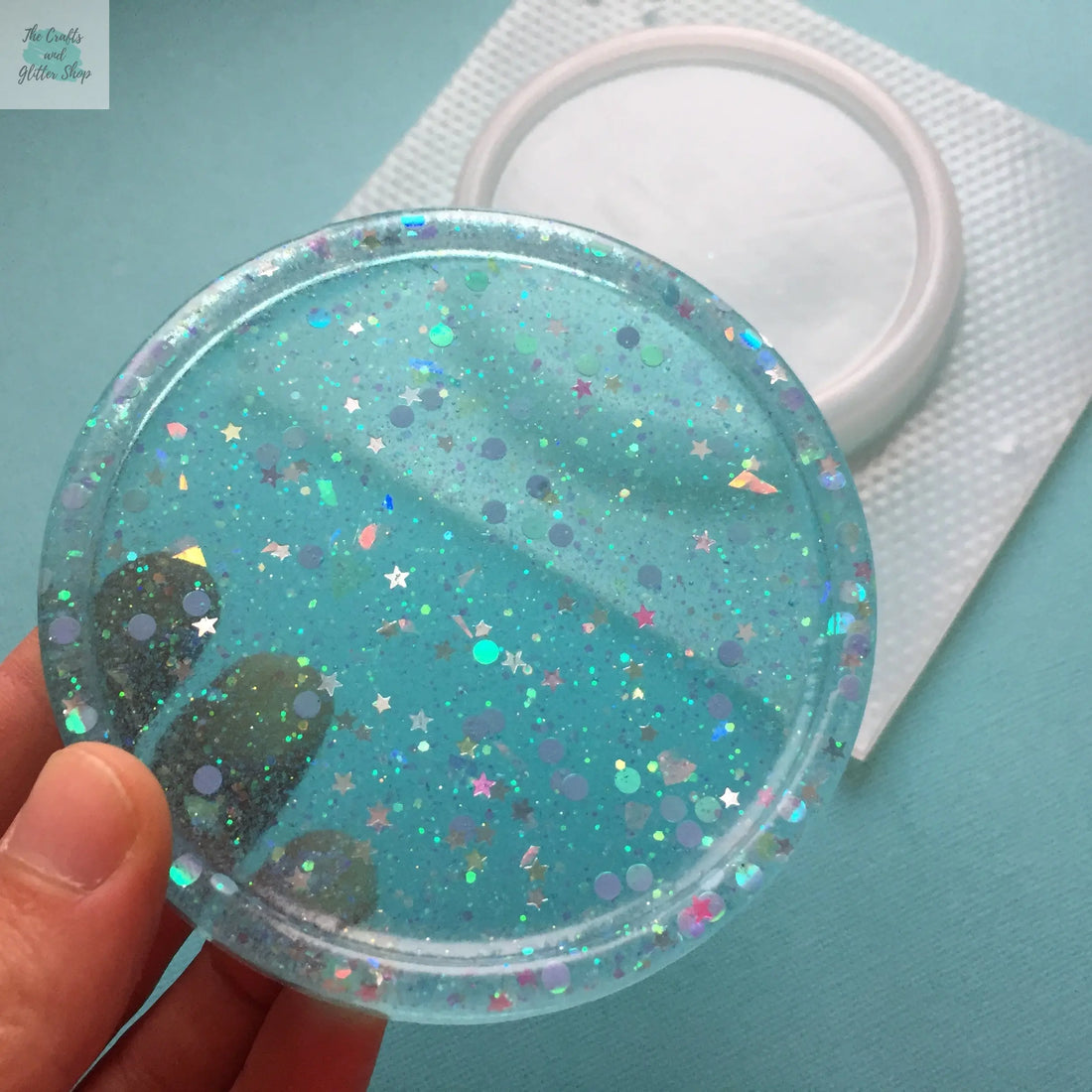
Resin Tips: Why is my resin curing too fast?
Share
Have you ever found yourself frustrated when your resin seems to cure too quickly, leaving you with a less than perfect result? Understanding why this happens is crucial to achieving the desired outcome in your resin projects.
What causes resin to cure too fast?
Resin curing is a chemical reaction that involves the resin and hardener combining to form a solid. Several factors can contribute to resin curing too quickly, including:
- Incorrect resin to hardener ratio
- High ambient temperature
- Direct sunlight exposure
- Using a fast-curing resin formula
Let's explore each of these to help you identify what your issue is.
Incorrect Resin to Hardener Ratio
One of the most common reasons for resin curing too quickly is an incorrect ratio of resin to hardener. The resin and hardener need to be mixed in the correct proportions to ensure a proper chemical reaction. If the ratio is off, the curing process can speed up, resulting in a premature solidification of the resin.
High Ambient Temperature
A high ambient temperature can also accelerate the curing process of resin. Heat can increase the rate of chemical reactions, causing the resin to cure faster than expected. It is essential to work in a controlled environment with a stable temperature to prevent resin from curing too quickly.
For a deep dive into how high ambient temperatures can affect your rest visit this article.
Direct Sunlight Exposure
Exposure to direct sunlight can be another culprit for resin curing too fast. Ultraviolet (UV) rays from the sun can trigger the curing process of certain types of resin, leading to rapid solidification. To avoid this, it is recommended to work in a shaded area or use UV-resistant resin formulations.
Using a Fast-Curing Resin Formula
Choosing a fast-curing resin formula can also result in resin curing too quickly. While these formulations offer the advantage of quick turnaround times, they may not be suitable for all projects. It is essential to select the right resin formula based on the specific requirements of the project to avoid premature curing.
How to prevent rapid resin curing
To avoid the frustration of resin curing too fast, there are several steps you can take:
- Follow the manufacturer's instructions for the correct resin to hardener ratio
- Work in a cool, shaded area to control the ambient temperature
- Avoid direct sunlight exposure during the curing process
- If none of the above work, or if your resin has a short setting time, consider using a slower-curing resin formula
Follow the Manufacturer's Instructions
One of the most important steps you can take to prevent rapid resin curing is to follow the manufacturer's instructions carefully. This includes using the correct resin to hardener ratio. Deviating from these instructions can lead to unpredictable curing times and results.
Control the Ambient Temperature
Resin cures faster in warmer temperatures, so it's important to work in a cool, shaded area to control the ambient temperature. This can help slow down the curing process and give you more time to work with the resin before it sets.
Avoid Direct Sunlight Exposure
Direct sunlight exposure can significantly speed up the curing process of resin. To prevent rapid curing, make sure to work in a location that is shielded from direct sunlight. This simple step can make a big difference in the outcome of your resin projects.
Consider Using a Slower-Curing Resin Formula
If you find that none of the above tips are helping and your resin has a short setting time, consider using a slower-curing resin formula. These formulas are designed to give you more working time with the resin, allowing for more precise and controlled results.
Why is it important to control resin curing?
Controlling the curing process is essential to achieving the desired finish in your resin projects. Rapid curing can lead to a variety of issues, including:
- Uneven curing and potential soft spots in the resin
- Difficulty in achieving desired effects such as bubbles or color mixing
- Increased risk of cracking or warping in the final product
By understanding the factors that contribute to rapid resin curing and taking the necessary precautions, you can ensure that your resin projects turn out beautifully every time. Remember, patience and attention to detail are key when working with resin! If you're not achieving optimal results, stop and analyze what elements may be causing you issues to rectify them in your next attempt.
